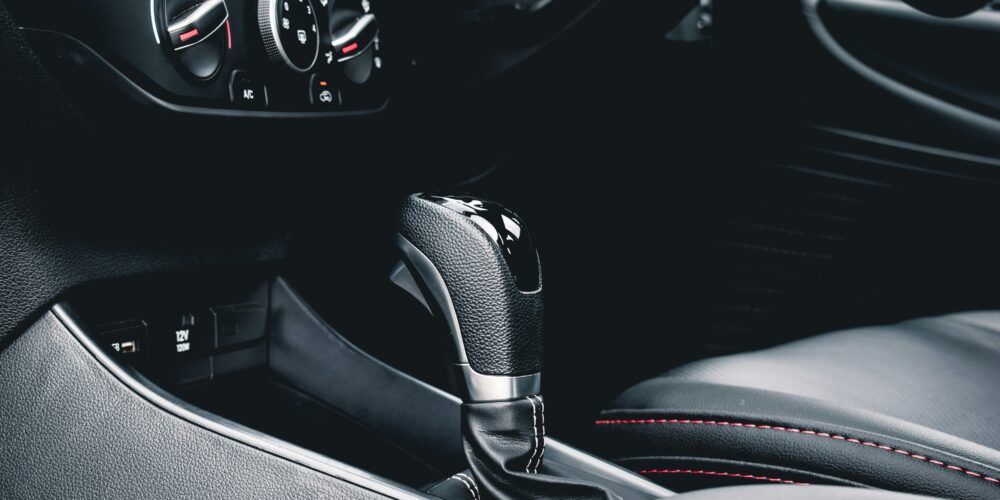The gearbox is one of if not the most crucial components in any vehicle and plays a pivotal role in translating engine power into forward motion. Over time, wear and tear can take a toll on the gearbox, leading to performance issues, strange noises, and difficulty shifting gears. When this drop in performance rears its ugly head, taking action to improve its lifespan and quality is a must. Gearbox reconditioning can be the perfect solution, offering a cost-effective way to restore your transmission to optimal functioning, without needing a complete replacement. But what is Gearbox Reconditioning, and how does it work?
What is Gearbox Reconditioning?
Gearbox reconditioning, also known as gearbox rebuilding, is a comprehensive process that involves disassembling, inspecting, and restoring a transmission to its original or
near-original condition. Unlike a complete replacement, reconditioning focuses on repairing or replacing specific components, ensuring that the gearbox functions efficiently without the need for an entirely new unit.
The Gearbox Reconditioning Process
The reconditioning process requires an expert hand to be done correctly and safely, but the step-by-step process isn’t complicated. From assessment and diagnosis to disassembly, inspection and replacement of parts, the process is as follows:
- Assessment and Diagnosis – The process begins with a thorough assessment and diagnosis of the gearbox. Our skilled technicians will examine the transmission to identify the root cause of any performance issues, such as slipping gears, grinding noises, or difficulty in shifting.
- Disassembly – After a comprehensive diagnosis, the gearbox is carefully disassembled. This involves removing all components, including gears, bearings, synchromesh, and other parts, to gain access to the internal workings of the transmission.
- Inspection – Each component is meticulously inspected for wear, damage, or defects. This critical step helps technicians identify which parts need replacement and which can be cleaned up and reused after refurbishment.
- Replacement of Worn Components – Worn or damaged parts identified during the inspection phase are replaced with new or refurbished components. Commonly replaced items include bearings, synchromesh, gears, and seals.
- Cleaning and Refurbishment – All components, both new and reused, undergo a thorough cleaning process to bring them up to good-as-new quality. Certain components may be refurbished to ensure they meet the required standards for performance and longevity.
- Reassembly – Once all components are cleaned, inspected and, if necessary, replaced, the gearbox is reassembled with precision and care. Proper alignment and adjustment of components are crucial to ensure smooth operation.
- Fluid Replacement – The gearbox is filled with fresh transmission fluid, ensuring that the lubrication system is operating at optimal levels. Clean and adequate lubrication is essential for preventing friction and minimising wear.
- Testing – The reconditioned gearbox undergoes rigorous testing to ensure that it operates seamlessly. This may involve bench testing or, in some cases, test-driving the vehicle to evaluate real-world performance.
- Adjustments and Fine-Tuning – Technicians make any necessary adjustments and fine-tune the gearbox to ensure it functions flawlessly. This step is crucial for achieving the right balance between smooth shifting, efficiency, and durability.
- Quality Assurance – Before returning the reconditioned gearbox to the vehicle, a final quality assurance check is conducted to verify that all components are working together harmoniously.
Benefits of Gearbox Reconditioning
When faced with a gearbox that has seen better days, your options can often be between reconditioning and rebuilding the system or replacing it entirely. Reconditioning offers a unique and skilled way to produce like-new results from your gearbox without having to replace the gearbox. The benefits include:
- Cost-Effectiveness – Gearbox reconditioning is often more cost-effective than a complete gearbox replacement, providing a viable solution for some individuals looking to restore their transmission without breaking the bank.
- Environmental Impact – Reconditioning reduces the need for manufacturing new components, contributing to environmental sustainability by minimising the demand for raw materials and energy.
- Preservation of Original Components – In cases where specific gearbox components are rare or no longer in production, reconditioning allows for the preservation and reuse of original parts, maintaining the authenticity of vintage or classic vehicles.
- Extended Lifespan – A properly reconditioned gearbox can significantly extend the lifespan of the transmission, offering reliable performance for an extended period.
Gearbox reconditioning stands as a testament to the automotive industry’s commitment to sustainability and cost-effectiveness. By breathing new life into transmissions, this process allows vehicles to continue operating smoothly while minimising the environmental impact associated with manufacturing new components. Whether for classic cars or daily drivers, gearbox reconditioning is valuable for those seeking an efficient and economical solution to transmission issues.
Our team are on hand to provide you with any gearbox support that you may need. From gearbox repairs, to gearbox reconditioning, rebuilds or replacements, we are on hand to help. Simply get in touch with a member of our team for more information.

